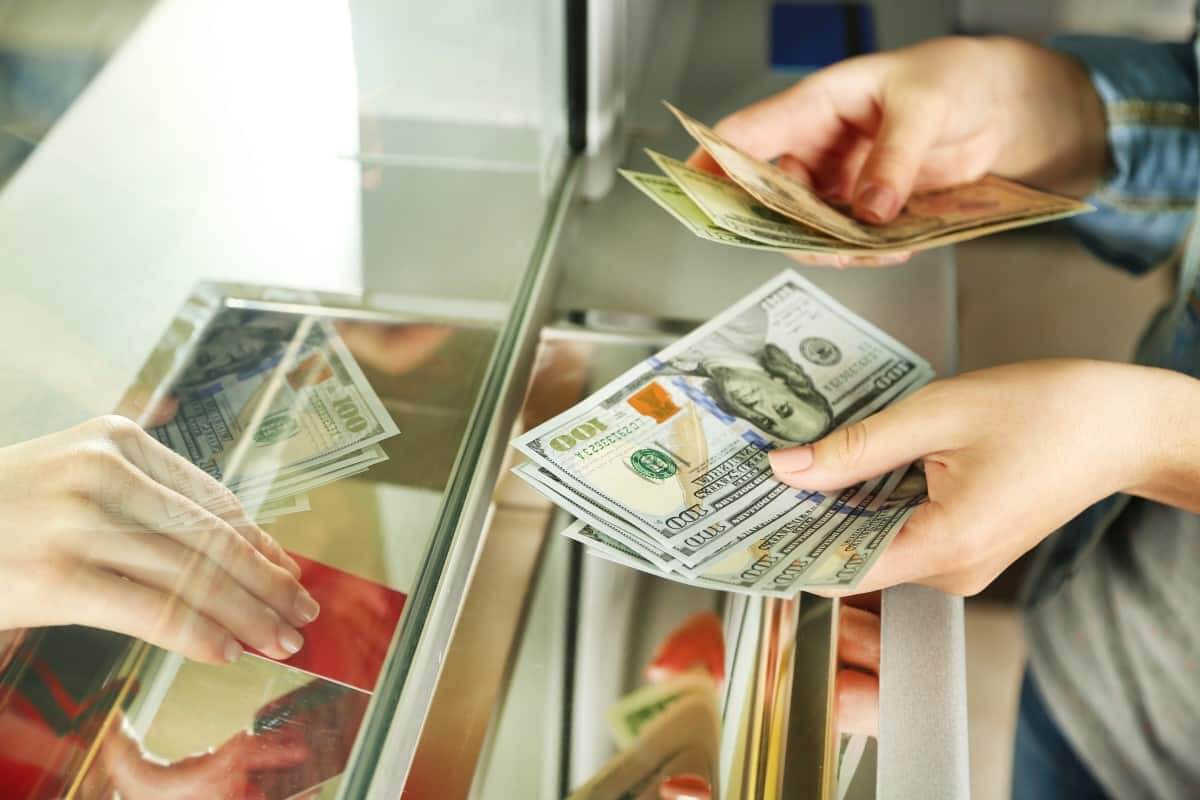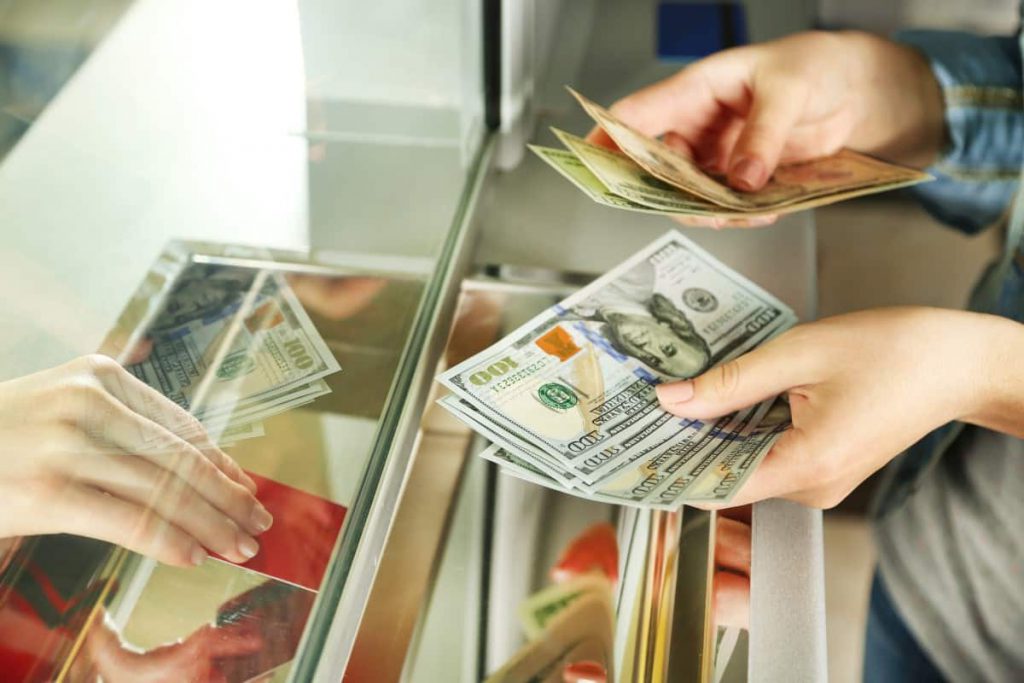
U.S. dollar rebounded Tuesday. What about other currencies?
The U.S. dollar rallied across the board on Tuesday as Treasury yields surged forward and worries over a further acceleration in global inflation kept traders’ risk appetite at bay. Demand for safe-haven currencies also supported the greenback. U.S. stocks tumbled down on Tuesday as skyrocketing oil prices and hawkish comments from a Federal Reserve official spooked the market players.
U.S. Treasury yields jumped on Tuesday. Before that, Fed Governor Christopher Waller announced the agency should be prepared to raise interest rates by a half percentage point at every meeting from now on until inflation is decisively stopped. Meanwhile, the U.S. dollar index climbed up by 0.5% to 101.92 against six major currencies. It seems set for its best one-day gain in almost two weeks. The dollar index gained approximately 6.6% for the year, but it plummeted by 1.2% in May.
Shaun Osborne, the chief currency strategist at Scotia Bank, noted that Tuesday’s rally in the greenback suggests better support for the dollar index around its 50-day moving average, which the index has been testing over the past couple of sessions. The U.S. currency has not closed below its 50-day moving average since mid-February. However, it has drifted closer to it over the last several sessions.
Osborne thinks that the dollar is unlikely to rally significantly and still considers price action to reflect the early stages of a broader decline in the recent USD bull trend.
How is the Euro trading today?
On Tuesday, the euro weakened as data showed eurozone inflation jumped to a record high in May. That added pressure on the European Central Bank. The latter tries to fend off a recession and looks to fight high prices with gradual interest rate hikes in the coming months.
Inflation in the 19 eurozone countries accelerated to 8.1% in May from 7.4% in April. That number beat analysts’ expectations for 7.7% as price growth continued to broaden. That indicates it is no longer just energy pulling up the headline figure. Against the greenback, the euro tumbled down by 0.6% to a 5-day low.
On Monday, reports said European Union leaders agreed in principle to cut most oil imports from Russia by the end of 2022. That news sent oil prices higher, offering some support to commodity currencies. Consequently, the Canadian dollar skyrocketed to 1.2653 per dollar, hitting an almost one-month high overnight. On Wednesday, the Bank of Canada has a meeting. Investors are expecting a 50-basis-point rate hike to 1.50% from the bank.
In Europe, the Polish zloty outperformed other central European currencies on Tuesday. The country announced its first-quarter growth of 8.5%. Emerging-market shares also traded in the green for a fifth session as Chinese stocks soared due to easing COVID-19 restrictions in Shanghai.
Rallying consumer and high-tech firms boosted Chinese shares. The blue-chip CSI300 index and Hong Kong’s Hang Seng Index hiked by 1.6% and 1.4%, respectively, as the market witnessed its highest foreign inflows for 2022.
The MSCI’s index for EM stocks eked out paltry monthly gains. At last, it seemed set to break its four-month decline, while currencies rallied by 0.6% in May.
What do the analysts say?
Lukman Otunuga, the senior research analyst at FXTM, stated that when the market had a development where it looked like the Federal Reserve may step back its aggressive approach towards higher interest rates, the Fed minutes came as a breath of fresh air to financial markets. It supported the risk-on mood. However, traders were placed on this emotional roller coaster ride for May. This continues to reflect across emerging markets, stock markets, and certain currencies.
Central Europe’s biggest economy, Poland, posted first-quarter growth of 8.5%, bolstering the zloty up 0.3%. On the other hand, the Czech crown edged up by 0.1% against the common currency. Data showed that its economy expanded faster than expected in the first quarter, supporting the crown. Household consumption is the main growth driver, but high inflation and interest rate hikes might trigger a slowdown this year.
Furthermore, the Hungarian forint added 0.2% ahead of a rate decision. The central bank will likely slow the pace of its hikes. Still, the latest data showed Hungary’s industrial producer price inflation accelerated from 25.9% in March to an annual 28.8% in April. The forint is lower by 3.8% so far this month.


